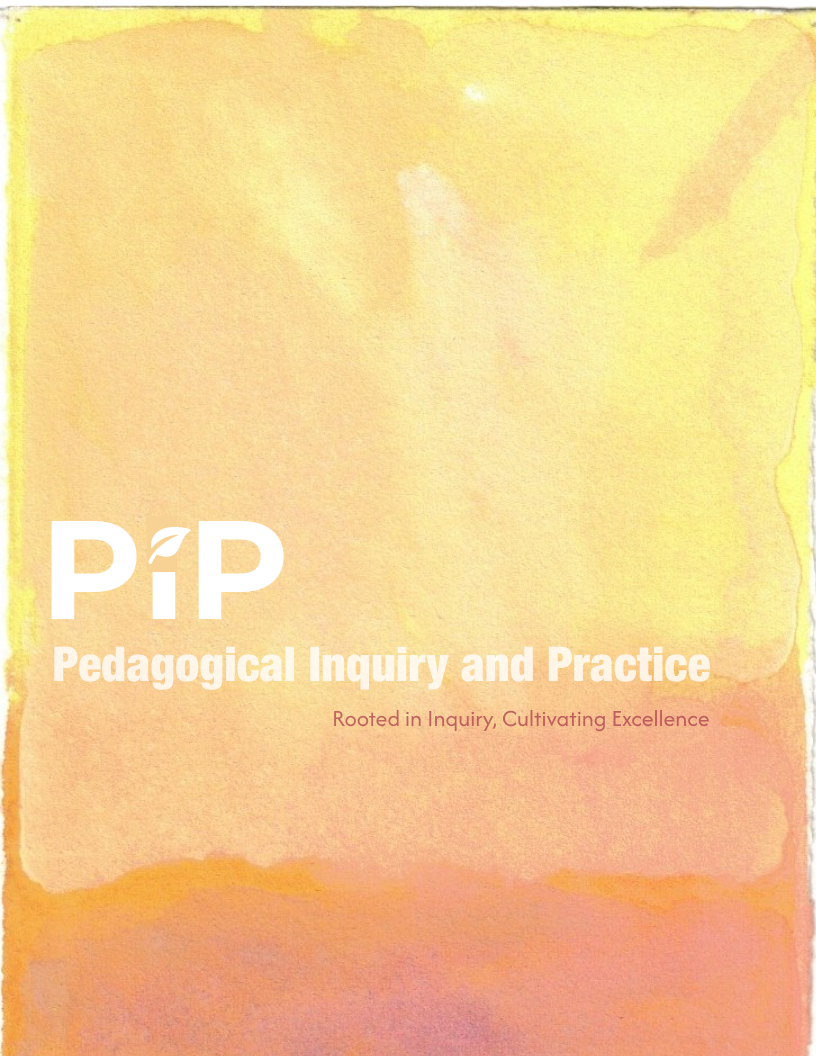Teaching, Technology, and Time: Revisiting Ellen Rose’s Call for Reflection in an AI Era
DOI:
https://doi.org/10.31542/27qd3a63Keywords:
reflective practice, higher education, artificial intelligence in education, faculty workload and pedagogy, critical reflection, assessment designAbstract
Ellen Rose’s On Reflection explores the importance of reflective thought in education, particularly in response to the technological shifts that have reshaped post-secondary teaching. She outlines three forms of reflection—reflection-in-action, reflection-on-action, and reflection-then-action—drawing from established concepts previously discussed in literature. While Rose grounds her arguments in interdisciplinary theory, including the work of Dewey and Schön, the latter half of the book adopts a nostalgic tone, advocating for a return to pre-digital modes of reflection—an era that no longer exists. This paper critiques that stance by addressing the current realities of post-secondary educators who must navigate bureaucratic barriers, limited time, and rapid technological advancement. These challenges demand ongoing pedagogical adaptation, often leaving little room for the deep, sustained reflection Rose calls for. Reflection remains essential but must be reimagined to align with contemporary constraints. As institutions respond to demands for accountability and innovation, reflective practice is increasingly sidelined, creating new tensions around academic integrity, assessment design, and student learning. This paper examines how educators can respond to the ethical and instructional challenges posed by AI while maintaining pedagogical integrity and calls for renewed institutional support for reflection as a foundational element of effective teaching and learning.
Downloads
Published
Issue
Section
Categories
License
Copyright (c) 2025 Pedagogical Inquiry and Practice

This work is licensed under a Creative Commons Attribution-NonCommercial 4.0 International License.


